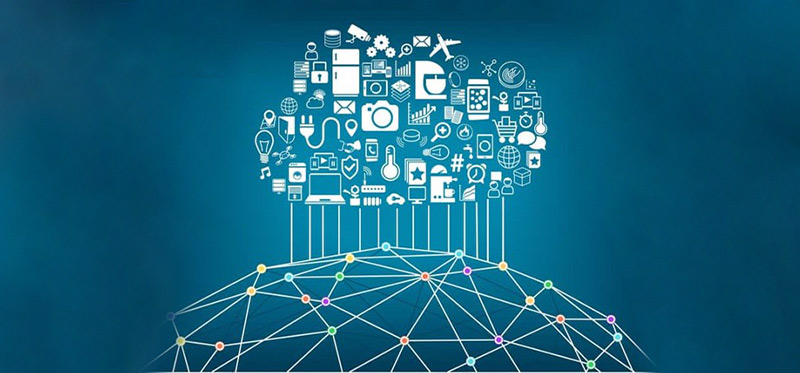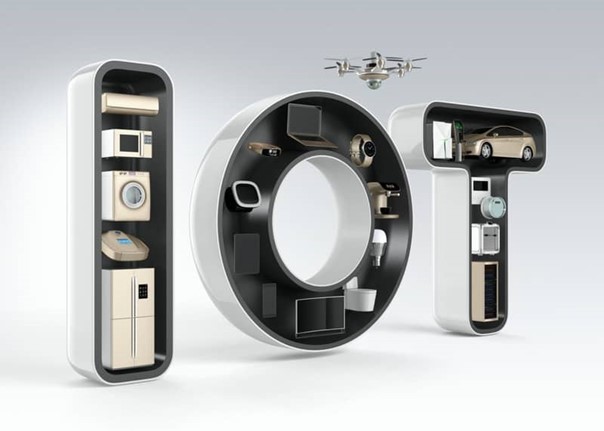
What is Internet of Things? How Does it Work?
Internet of Things' Past and Today
Although it has a history of about 40 years, we can say that the concept of "Internet of Things" has become very popular especially with the effect of digitalization in the last 5-10 years. So what is this Internet of Things Technology?
The term "Internet of Things" (short for IoT), shortly defines as the network where physical things are brought together through digital platforms.
These objects are embedded with software, sensors and other similar technologies, and it is aimed to exchange data by connecting to other devices and systems over the Internet with IoT. For this purpose, we define Internet of Things as the network of physical devices that are brought together and integrated with different technologies. While these devices range from ordinary household items to sophisticated industrial tools, the numbers of these devices are expected to grow to 22 billion by 2025.
Different industries and companies increasingly use IoT technology to achieve much more efficient work results, to provide a much better service to their customers, to increase business value, to understand their customers and to contribute positively to the decision-making process.

Emergence of the Internet of Things
Although the idea of adding sensors and intelligence to some basic objects was heavily argued during the 1980s and 1990s, there was not much progress in this area, except for some older applications.
One of the earliest examples of the Internet of Things dates from the early 1980s and is a coke vending machine at Carnegie Melon University. Local programmers checked whether there was a drink in the vending machine and if it was cold, by connecting to the machine over the internet without going to the vending machine.
Apart from such examples, it was not easy to establish an effective communication between objects due to the fact that the chips were too big and the technology was not ready yet. Connecting the billions of devices like today, needed sufficiently cheap and powerful operators before it became cost-effective.
Most of this problem was solved with the start of RFID tags and the widespread use of wideband internet, cellular and wireless networks. In addition, the adoption of IPv6, which provide an IP address for every device the world might need, was a necessary step to scale IoT.
The "Internet of Things" concept, first used in 1999 by Kevin Ashton, co-founder of MIT's Auto-ID Center, wasn't going to be popular for at least another 10 years. But since then, as the cost of adding sensors and internet connectivity to objects has fallen, IoT technology has paved the way.

The name who used first the concept Internet of Things : Kevin Ashton
How does IoT work?
An IoT system needs four different components to function properly: sensors / devices, connectivity, data processing, and a user interface.
An internet of things system consists of sensors and devices that speak to the cloud through some form of connection. First, sensors or devices collect data from their environment. Then this data is sent to the cloud. Various methods such as cellular, satellite, Wi-Fi, Bluetooth can be used to send data to the cloud. When the data reaches the cloud, the software performs a kind of operation on the data and processes the data. The system can then decide to take an action.
What is important at this point is that the software system can do this by sending a warning without the need of a user or automatically adjusting sensors / devices.
Yes, these devices can do most of their work without the need of a human intervention. However, this doesn't mean that it is closed to human’s intervention. Users can interact with these devices to make an adjustment, can access data or give instructions as they wish.